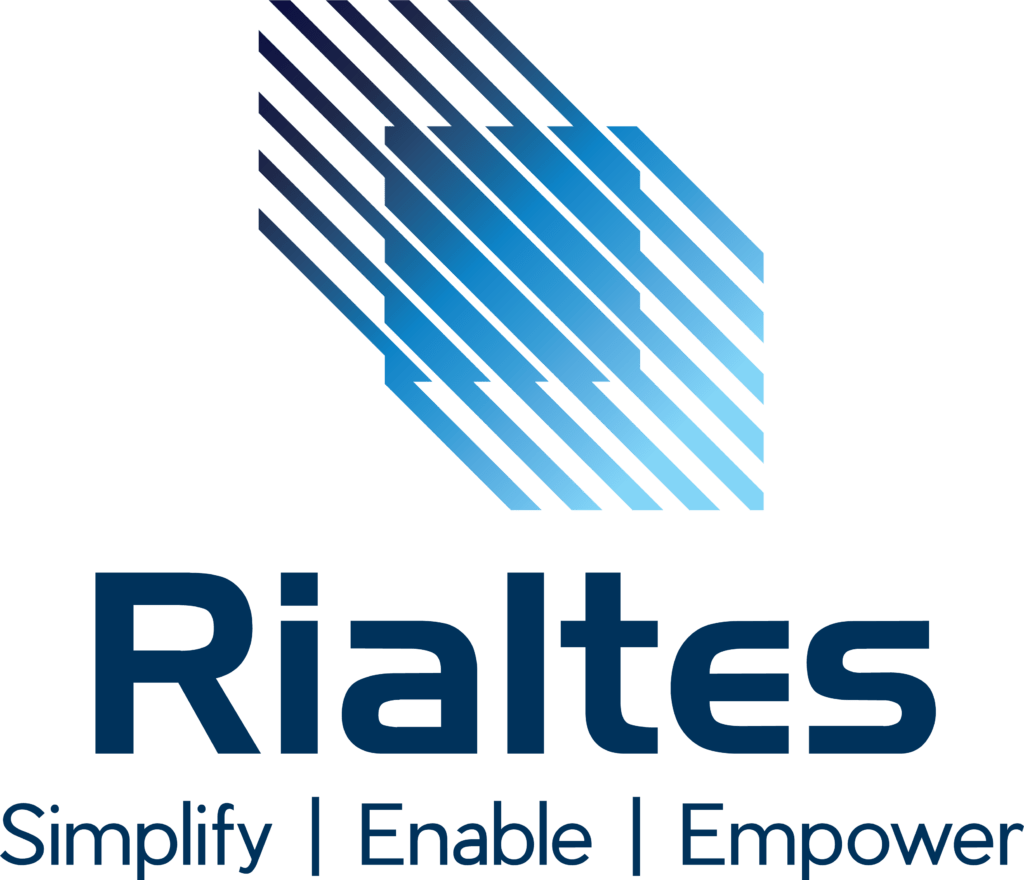CIOs are under pressure not simply to preserve budgets and equip workers across agencies with adequate technology. Additionally, they must function in an environment where sensitive data must be exchanged and kept securely among those very staff members. CIOs require a way to ensure safe, secure, wide-ranging, yet restricted access to data across agencies, inside agencies, and even between peers to empower data users while preserving the data’s contents.
For any organization it is essential to have a strict data protection policy, to ensure that high-priority data is kept restricted with access to only a limited number of people. Although keeping data restricted with digital transformation has been a task, employing measures to ensure the same is one of the major tasks for any CIO.
Maintaining data privacy is not a solo job, but requires team efforts and dedicated policies for ensuring data safety. It is a shared responsibility of the entire team and requires the identification of data owners, data consumers, and data architects. This will allow proper flow of data and helps to understand the data structure and easy to implement the policies.
At present
Increasing digitalization has contributed to increased cybercrime, data breaches, and theft. All organizations and sectors are at risk of cybercrime. However, it can be prevented by maintaining certain organizational standards and policies. The pace of digital transformation and the pace of implementing security policies needs to collide for a better situation.
One such method is to switch over to the cloud. Cloud is the online digital storage bank for storing any form of data, by public or private sectors, but is being essentially used by public sectors nowadays. Although in certain instances cybercrimes have taken place on cloud platforms themselves. Indicating, no platform is safe without proper security measures.
How are CIOs thinking?
Implementing a new strategy in an organization is not an easy process, it hinders business operations and at times creates an imbalance within a workflow. For ensuring a seamless implementation of new security strategies it is required to address the vulnerabilities of the coming future and have a preventive approach rather than a curative approach.
Addressing vulnerabilities of the future provides a broad vision for the organization which is on the shoulders of the CIO. For a public sector CIO, it is imperative to provide a broad vision and consider the future aspects which developing any strategy.
Data safety strategy
For ensuring a rigid data safety strategy, it is required that the CIO considers the following point:
- Investing in a cloud platform
Cloud platforms are being implemented in all sectors and have made data storage and safety convenient for organizations. It is essential at this point to move to cloud platforms for secure data storage.
- Looking out for future vulnerabilities
Designing data safety strategies based on the present scenario only doesn’t work out well. To have a rigid strategy, it is advisable to have a peek into the future and consider future possibilities as well.
- Regular updates
Based on the recent data and threats coming, it becomes necessary to keep updating the security strategies for a better data safety approach.
- Focus on cybersecurity
Cybersecurity is one of the most common and in-demand aspects at this moment. Most data breaches that are taking place are accounting for cybercrime and to ensure such incidents don’t happen to your organization, it is imperative to have a defined cybersecurity approach.
The points listed are of utmost importance for a CIO, devising a data safety strategy. Further, it is required to have a defined framework for detecting, responding, and recovering in case of a data breach or cyber-attack.
Concluding thoughts
CIOs are faced with the problem of enabling access to data while simultaneously reducing the risk associated with that data’s access and use.
Invest in a system that facilitates data movement, access, and reuse while also supporting the best practices in data governance. A strong data infrastructure should contain methods to describe and standardize the data, regulate access to the data, and automate its movement rather than leaving it to sit unprotected in numerous locations with a poor degree of accuracy. This will reduce risk and allow all programs to use the data with confidence in its accuracy.





